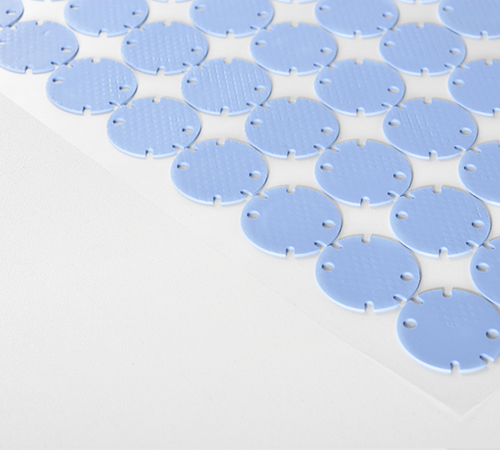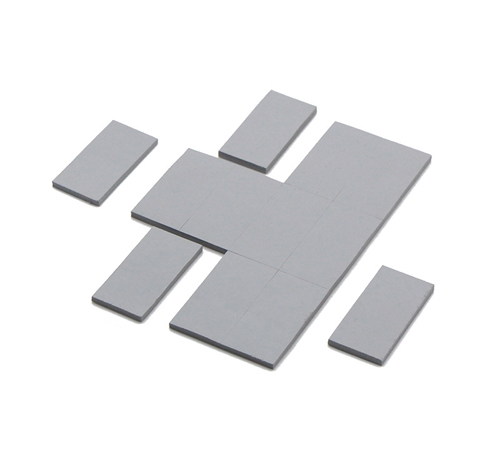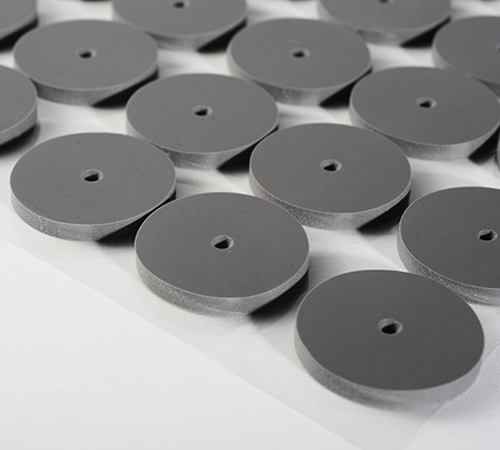Can Thermal Pads Store Heat? Engineers Need to Know This
Author:NFION
Date:2025-04-25 11:20:26
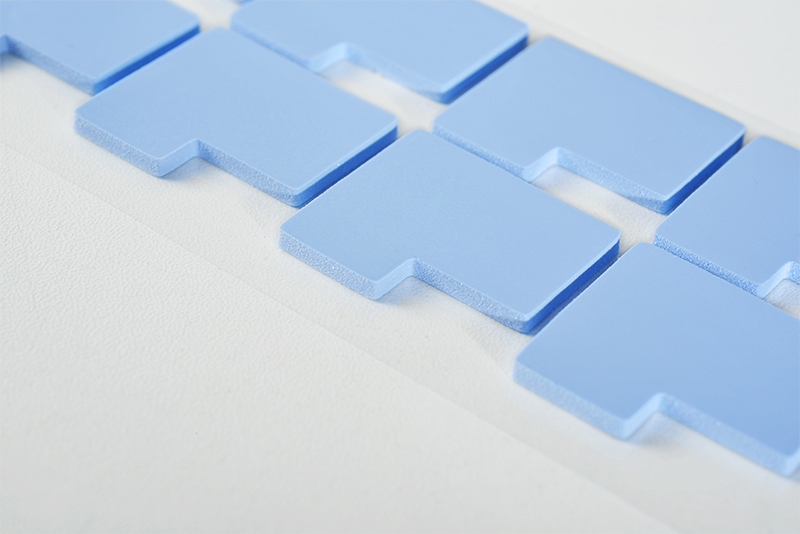
In electronic thermal management design, thermal conductive pads are widely used as efficient thermal interface materials. They fill gaps between chips, power components, and heat sinks to reduce thermal resistance and improve overall heat dissipation efficiency. However, as high-power devices advance, a new question arises: Can thermal pads store heat? This article explores this topic from the perspectives of thermal material properties, practical application, and functional boundaries.
I. Basic Function and Working Principle of Thermal Conductive Pads
Thermal conductive pads are flexible interface materials made of silicone rubber combined with thermally conductive fillers. Their core functions include:
● Gap Filling: Increasing contact area between the device and heatsink to reduce interface resistance;
● High Thermal Conductivity: Rapidly conducting heat from the heat source to the cooling component;
● Compressibility: Adapting to various structural and thickness requirements for consistent thermal contact.
Essentially, thermal pads are heat transfer materials, not heat storage materials. Their performance indicators such as thermal conductivity, thermal resistance, and thermal diffusivity are all optimized for heat transfer efficiency.
II. Clarifying the Concept of Heat Storage and Its Thermal Basis
2.1 Difference Between Heat Storage and Thermal Conductivity
● Thermal Conductivity refers to the ability of a material to conduct heat, measured in W/m·K.
● Heat Storage (Thermal Capacity) refers to a material’s ability to absorb and store heat, measured in J/kg·K or J/K.
Thermal pads are designed to transfer heat efficiently, not to store it. Their specific heat capacity is relatively low, meaning they do not have significant heat retention properties.
2.2 Thermal Parameters of Thermal Pads
Typical values for thermal pads:
|
Description |
Description |
|
|
Thermal Conductivity |
1.0 ~ 12.0 W/m·K |
Depends on filler type and distribution |
|
|
Specific Heat Capacity |
1.0 ~ 1.5 J/g·K |
Much lower than thermal storage materials |
|
|
Thermal Diffusivity |
Medium to High |
Indicates efficient heat transfer |
These values show that thermal pads function more as heat transmitters than heat reservoirs.
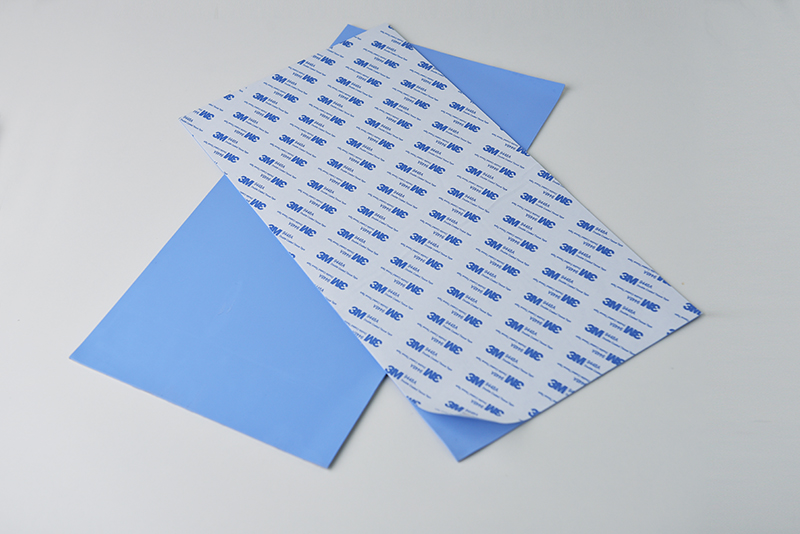
III. Misunderstandings About Heat Storage in Practice
Some users may mistakenly think thermal pads store heat due to the following reasons:
1. Surface Warmth
After operation, the pad surface becomes warm. This is due to its role in the heat transfer path, not because it stores heat.
2. Thicker Pads Cause Delay
Thicker pads may temporarily hold heat due to higher thermal resistance, leading to heat accumulation and the illusion of heat storage.
3. Confusing Thermal Inertia with Storage
A slow heat response is often misinterpreted as storage capability, when in fact it results from slower heat diffusion.
IV. Thermal Pads and Heat Storage Materials: A Cooperative Strategy
Though thermal pads don't store heat effectively, in certain passive cooling designs, they can work in tandem with high-capacity materials like PCMs, metals, or ceramics to manage thermal loads more effectively:
● Thermal Pads: Rapid heat conduction
● Storage Materials: Absorb heat spikes and buffer temperature changes
● Heatsinks: Provide long-term heat dissipation
This combined approach helps manage transient thermal surges and improve long-term system reliability.
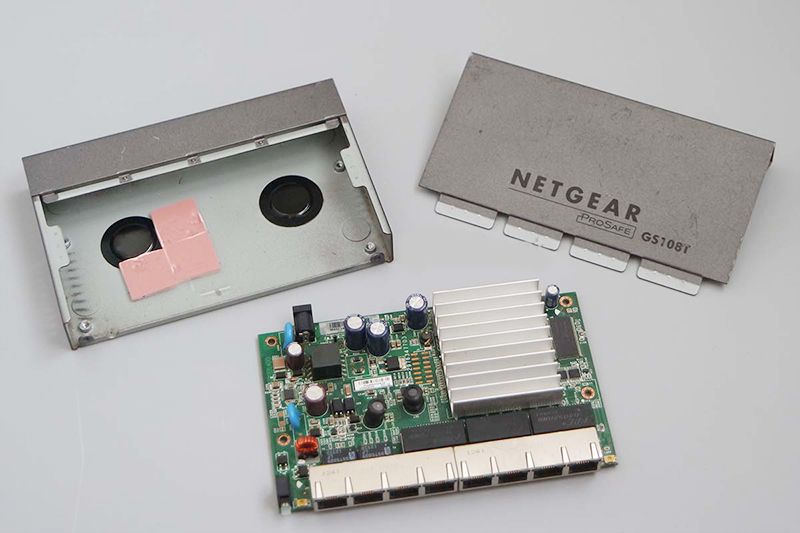
V. Conclusion: Thermal Pads Are Not Heat Storage Materials
In conclusion, thermal conductive pads are not designed for thermal storage. Their low specific heat and high conductivity make them ideal for thermal transfer, not thermal retention. Surface warmth or temporary heat accumulation should not be mistaken for actual heat storage.
Understanding the role and limitations of each material is critical for effective thermal design. When necessary, true thermal storage materials should be integrated to handle energy surges, ensuring both efficiency and long-term system safety.
 CN >
CN >
